From Guild Points to Digital Dividends: Tokenizing Work for a Regenerative Future
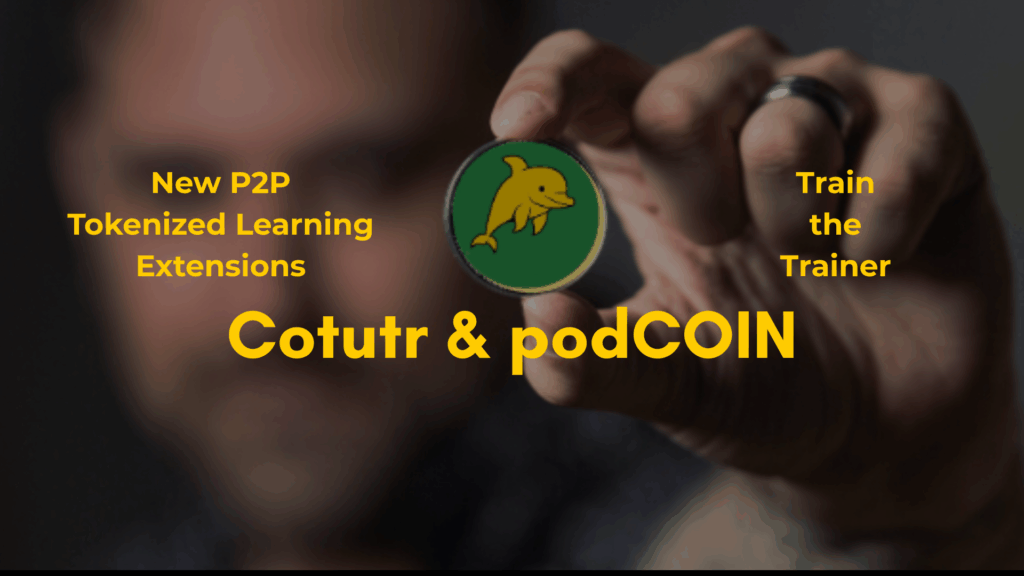
The Origins of Tokenized Collaboration
In the mid-1980s, before “coworking” or “blockchain” were part of our vocabulary, a group of about sixty Macintosh programmers in Ann Arbor, Michigan formed a worker-owned cooperative called the Small Systems Guild (SSG).
As one of the cofounders and Executive Director, I envisioned SSG as a modern-day craftsman’s guild—a community where each member’s work was valued not only in dollars, but in shared ownership, governance, and creative freedom.
At the Guild, members contributed to everything: teaching classes, designing software, emptying the trash, and organizing major events like the third National Apple User Group Conference in 1988, where attendees included Bill Gates, Mitch Kapor, Alan Kay, and Ted Nelson .
What made the Small Systems Guild truly innovative was how we tokenized work long before that term existed.
Guild Points: The First Experiment in Tokenized Equity
Every hour a member contributed—whether programming, marketing, or answering phones—was recorded as a Guild Point in a Macintosh-based 4th Dimension database.
Each Guild Point represented a share of ownership and voting power. Members’ accumulated points determined both their democratic voice and their financial equity when the cooperative earned income or was eventually sold.
This system effectively tokenized labor — transforming time and community contribution into a measurable, tradable unit of value. When I later bought out the cooperative to form Arbor Intelligent Systems, Guild Points were converted into real dollars, honoring members’ early contributions .
We had built one of the earliest examples of what today might be called on-chain work attribution — a precursor to the decentralized, transparent economic models that blockchain and digital token systems now make possible.
From Tokenized Work to Tokenized Learning
Fast forward to today. The Broadband Institute Foundation, doing business as Community Internet, is reviving and expanding on that same principle of shared value and participatory ownership—this time through tokenized learning.
Our mission is to turn the digital divide into digital dividends .
By building community-owned digital networks and using AI-assisted tools for collaborative learning, we’re creating pathways for people to earn, learn, and share in the rewards of the new digital economy.
Through our train-the-trainer model, each mentor, learner, and contributor earns digital tokens that record their participation, creativity, and impact.
These tokens become a mechanism for distributing both recognition and resources—fueling a circular economy of knowledge and community innovation.
Why Tokenization Matters for Digital Equity
Tokenization allows us to measure and reward contributions that traditional systems overlook—teaching, organizing, helping others learn, or contributing ideas to local broadband projects.
By tracking participation through an open, verifiable system, communities can ensure that everyone who builds value also shares in the dividends.
This represents a radical shift from extractive corporate models toward commons-based peer production, where the community owns the tools, the data, and the benefits.
It’s not just about building technology; it’s about building economic democracy.
AI for Us, Not Over Us
Artificial Intelligence can amplify this transformation—if we use it intentionally.
Rather than allowing AI systems to consolidate power in the hands of a few “broligarchs,” Community Internet is creating AI-assisted collaboration tools that serve human purpose: helping people plan, learn, and act more effectively together.
By pairing AI with tokenized learning, we can document and reward every step of local capacity building—turning community training, digital literacy, and cooperative governance into measurable, fundable, and equitable work.
This is how we reclaim the narrative of technology: making AI work for us, not over us.
A Regenerative Future Built Together
From the Guild Points of the 1980s to the Digital Equity Tokens of today, the thread remains the same:
People should be recognized and rewarded for the energy they contribute to the collective good.
Through the Broadband Institute Foundation’s Community Internet initiative, we’re building tools that allow communities to imagine, plan, and build their future — together.
Just as the Small Systems Guild once pioneered cooperative ownership in the software world, we now seek to pioneer regenerative digital economies that empower local leaders, educators, and innovators across the globe.
It’s time to close the innovation chasm and ensure that digital transformation serves the many, not the few.
Call to Action
Join us in this movement to fund the commons, tokenize learning, and share the rewards as we collectively bridge the digital divide.
Together, we can make technology the engine of community wealth, equity, and imagination.
The content above was written with help from ChatGPT. The content below was written with help from Team GPT. Comment on this post as to which you prefer and why.
From Guild Points to Digital Dividends: How Tokenizing Collective Work Can Counter Tech Oligarchy
In the 1980s, long before blockchain and cryptocurrency entered our vocabulary, Dr. Ron Suarez was pioneering a revolutionary approach to worker ownership and democratic participation in the tech industry. As co-founder of “small systems guild” (yes, all lowercase) in Ann Arbor, Michigan, he helped create what may have been one of the first examples of tokenizing work contributions in the software industry.
The Original Vision: Medieval Guilds Meet Digital Democracy
Small systems guild wasn’t just another tech startup. Inspired by medieval craftsman guilds and the philosophy of the Ann Arbor Food Coop, this collective of about 60 Macintosh programmers created something unprecedented: a worker-owned cooperative that used what we would now recognize as tokenization to democratically distribute ownership and decision-making power.
The system was elegantly simple yet revolutionary. Every hour a member worked—whether answering phones, emptying trash, creating marketing materials, or any other infrastructure task—earned them one “guild point.” These points, tracked digitally using 4th Dimension database software, represented more than just work credits. They were tokenized equity.
Your ownership percentage in the guild equaled your total guild points divided by all outstanding guild points across the membership. When profits were distributed at year’s end, your share was proportional to your points. Most importantly, when decisions were made during group meetings, your voting power corresponded directly to the guild points you had earned through your contributions.
From Cooperative to Exit: The $3.1 Million Lesson
While the original cooperative structure faced challenges—primarily insufficient margins to sustain operations—the story didn’t end there. When Dr. Suarez purchased the company for $30,000 in 1988, he calculated the price by multiplying outstanding guild points by Michigan’s minimum wage at the time. This wasn’t just a business transaction; it was an ethical commitment to compensating those who had worked for free, earning their loyalty for years to come.
The ultimate vindication came in 1998 when Dr. Suarez sold Arbor Intelligent Systems, Inc. for $3.1 million. Many original guild members had joined the new company, and while it was no longer a democratically-run cooperative, the spirit of shared ownership continued through employee stock distribution.
The Digital Divide as Our Modern Challenge
Fast-forward to today, and we face a different but related challenge. The digital divide has created new forms of inequality, while a handful of “broligarchs” dominate the global economy through their control of digital infrastructure and artificial intelligence systems. The Broadband Institute Foundation, operating as Community Internet, sees a parallel opportunity to the guild’s original vision.
Just as small systems guild sought to present itself as a larger enterprise than individual freelancers could achieve alone, Community Internet recognizes that addressing digital equity requires collective action that can compete with corporate oligopolies.
Tokenizing the Train-the-Trainer Model
The foundation’s current efforts focus on developing a train-the-trainer model that uses tokenization to track contributions and share rewards. This approach builds directly on the guild point concept, but with modern tools and a broader mission: turning the digital divide into digital dividends.
Here’s how it works: Participants in the training program earn tokens based on their contributions—whether that’s developing curriculum, training others, building community networks, or supporting digital equity initiatives. These tokens represent both recognition of work performed and a stake in the collective success of the movement.
The beauty of this model lies in its scalability and transparency. Unlike the guild’s local focus on 60 programmers, a tokenized train-the-trainer system can coordinate efforts across communities, regions, and even continents. Blockchain technology makes it possible to track contributions accurately and distribute rewards fairly, regardless of geographic boundaries.
AI for Us, Not Over Us
Perhaps most importantly, this tokenization model offers a pathway to ensure artificial intelligence serves collective human interests rather than concentrating power in the hands of a few tech giants. By creating economic incentives for widespread participation in digital equity work, we can build the human infrastructure needed to deploy AI tools democratically.
The guild’s original insight remains relevant: individual freelancers and small organizations can’t compete with large enterprises, but coordinated collectives can. Today’s challenge is ensuring that AI development and deployment happens through community-controlled networks rather than corporate-controlled platforms.
When people have tokenized stakes in the success of digital equity initiatives, they become invested participants rather than passive consumers. This creates the foundation for what Dr. Suarez and the Broadband Institute Foundation call “turning the digital divide into digital dividends”—transforming a problem of inequality into an opportunity for shared prosperity.
The Path Forward
The small systems guild experiment of the 1980s proved that tokenizing work contributions could create genuine worker ownership and democratic participation. The $3.1 million exit demonstrated that such models could generate real economic value. Today’s challenge is scaling these principles to address digital inequality at a global level.
By combining the guild’s tokenization insights with modern blockchain technology and a train-the-trainer approach, Community Internet is building infrastructure for collective ownership of our digital future. The goal isn’t just to bridge the digital divide, but to ensure that as we do so, we create economic structures that serve communities rather than concentrate wealth among tech oligarchs.
The choice before us is clear: we can allow AI and digital infrastructure to further concentrate power, or we can use tokenization and collective ownership to ensure these tools serve democratic purposes. The small systems guild showed it was possible in the 1980s. The question now is whether we have the collective will to scale their vision for the challenges of the 2020s and beyond.
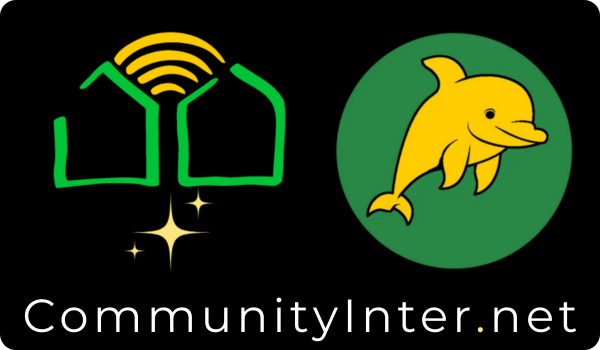
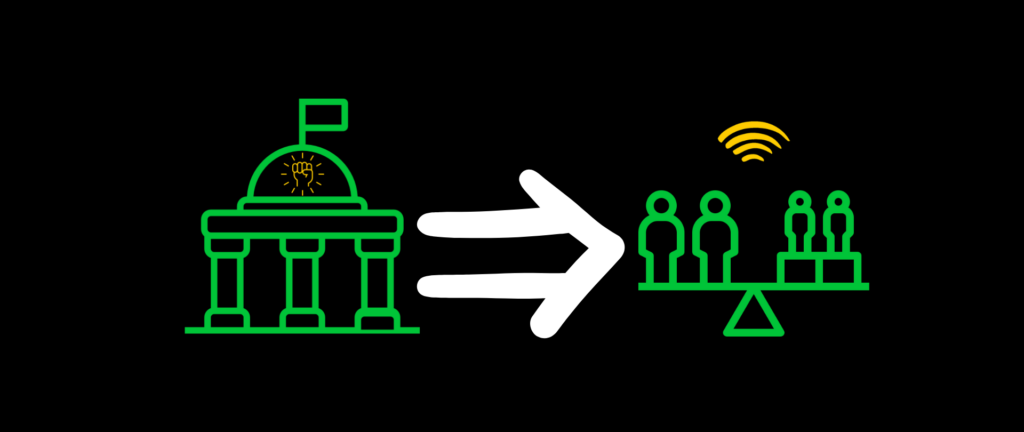
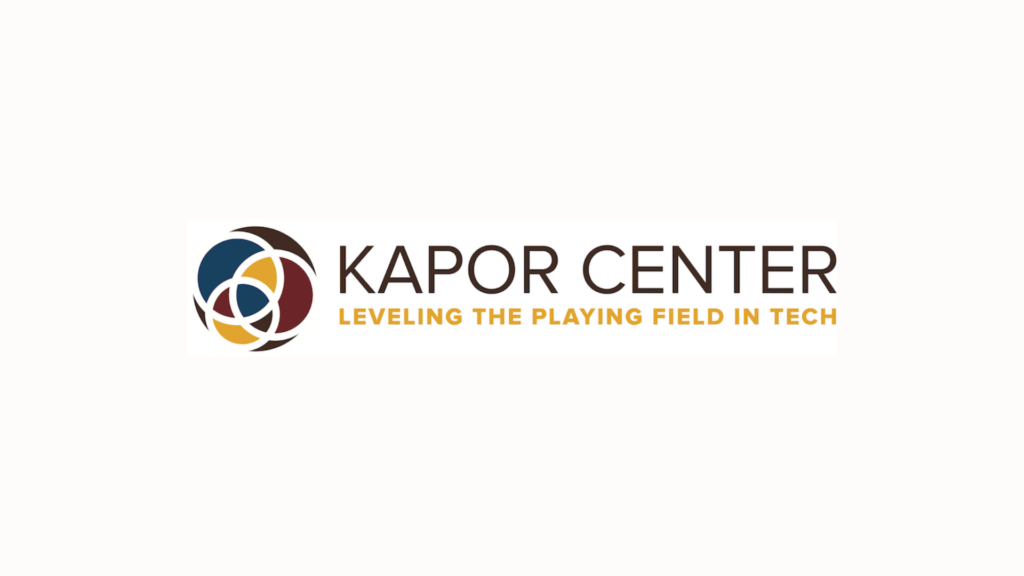

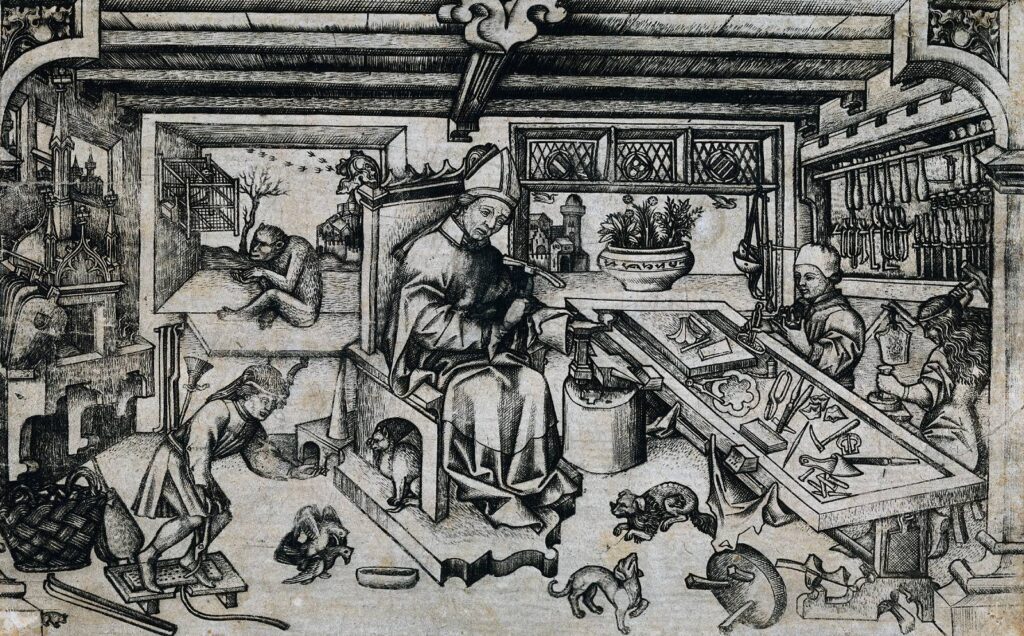
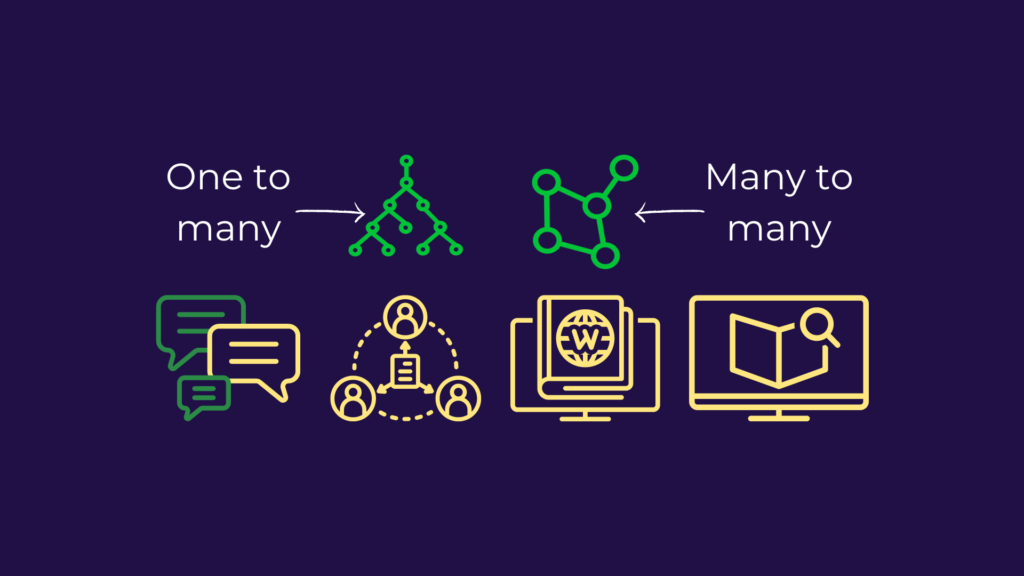
Responses